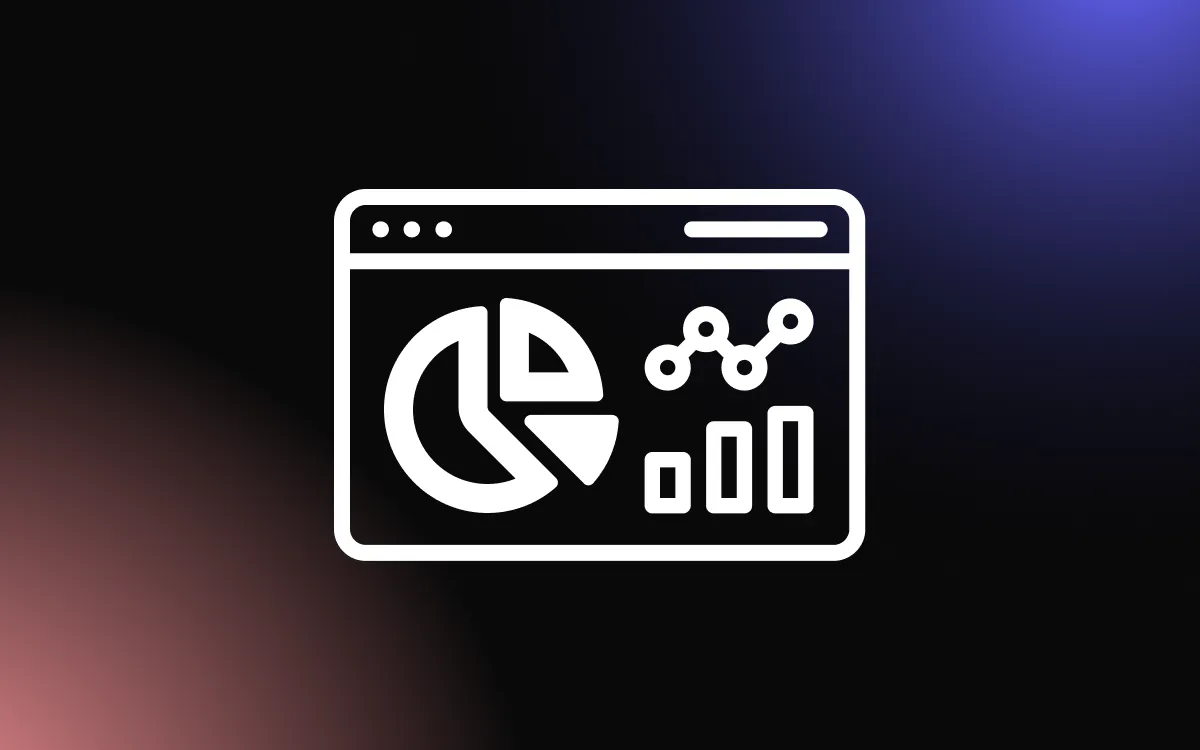
E-commerce website development is a crucial part of any business. It is the first impression your company makes on the customer, and it keeps them coming back for more.
There are many factors to consider when choosing an e-commerce website development services provider, such as cost, quality of work, and customer service.
E-commerce website design services can help your business grow by providing a professional online presence that’s attractive to potential customers and helps them find what they need quickly. Since more people are online as a daily part of their lives and your business operates using a website rather than a physical shop, you want to be more mindful of your website.
This article will help you with these seven tips on how your e-commerce website development can be more successful.
1. Select the Appropriate Platform

E-commerce websites are there to make shopping on the web more accessible, faster, and more convenient. According to Sytian Productions website design Philippines, when developing an e-commerce website, it is essential that you choose an appropriate platform that your website will use.
As the world becomes increasingly digital, e-commerce websites are becoming necessary for businesses. There are a lot of factors that go into selecting the right platform and theme for your e-commerce website development.
The first step is to understand your target audience. If you want to target a specific niche, you might need to select an app-based platform, or if you want to make sure that your e-commerce website is accessible on all devices, then you should choose a mobile-friendly theme.
2. Responsive Mobile and Website Design

E-commerce web development is a complicated process. Many moving parts and factors need your consideration when building an e-commerce website. You must have a responsive mobile and website design to make things easier.
Responsive design is not just about making your website look good on different devices. It’s about ensuring that your customers can find what they’re looking for easily, no matter what device they use.
Mobile users often browse via their phones, so it’s essential to have a responsive design to keep them engaged with your site and not frustrated with the layout of the site itself.
3. Always Have Security and Data Safety

When it comes to e-commerce website development, you need to consider your customers’ security and data safety.
The importance of security and data safety in e-commerce website development is not something that one can overstate.
Many e-commerce websites have been hacked in recent years, leading to data leakage that negatively impacts their business. This incident means there is a need for security and data safety in e-commerce website development. Companies have become increasingly important to keep their customers safe from hackers and leaks.
Otherwise, it can lead to a loss in positive reputation among customers and potential customers, which can lead to losing business.
Luckily, there are tools like e-commerce extensions that can make it easier for you to bolster your site’s overall security.
4. Quality Pictures and Videos on Your Product Page
![]()
E-commerce websites are all about selling products. So, it is vital to have quality pictures and videos on your website. You don’t want your customers to see a blurry image or a product video that is too long or too short.
You want to ensure you have the best e-commerce website development possible, so you must use quality pictures and videos on your product page. This approach will help you attract more customers and make them stay longer on your website.
Quality images are vital for e-commerce websites because they attractively help showcase products and give people a better idea of what they’re buying before they buy it. Quality videos also help sell products because it allows for an interactive experience with the customer where they can try out the product before buying it.
5. Limit Your Product Selection and Offer Site Search

As the number of e-commerce websites grows, finding relevant products for consumers becomes more difficult. The solution is to limit the number of products on your website and offer site searches.
The e-commerce website development process should focus on providing a user-friendly experience that allows visitors to find what they are looking for easily.
How often have you been on an e-commerce site and seen the product menus? They are usually full of products, which is a problem for the customer. The customer cannot find what they want and then leaves the site.
This incident happens because e-commerce websites can’t handle extensive product listings unless you spend more money and resources on them. It’s difficult for customers to get through all that content and find what they want. This problem can be solvable with a limit on your product selection or by adding an option to search for items in your store.
6. Create a Painless Transaction

There are a lot of ways that e-commerce websites can create a painless transaction process. They can use technology to increase customer satisfaction and reduce customer friction.
E-commerce website design is not just about aesthetics. It is also about creating an experience for the user that is both aesthetically pleasing and easy to use. You should carefully consider aesthetics to complete a seamless and painless transaction process.
It is not only about making it easy for customers to buy your products but also about retaining them and attracting new ones.
You can create a painless transaction process on your e-commerce website – from simplifying the checkout process to providing a seamless experience for end users.
7. Make the Checkout Process Easier

Checkout is one of the essential steps in the e-commerce website development process. It is the last step that a customer will experience before they leave your website.
The checkout process is also one of the most challenging steps to develop because there are so many different aspects to consider. You need to take into account multiple payment options, shipping options, and subscriptions.
There are plenty of e-commerce plugins out there that can be useful to you so that the entire checkout process is seamless and fast for the customers. Make the checkout process easier for your customers by automating some of these tasks with an e-commerce website development tool like Shopify’s Checkout Pro or WooCommerce’s Advanced Checkout plugin.
Conclusion
There are many ways for your web development to improve the overall customer experience on your e-commerce website. Make sure that you apply these approaches to your website to have a better website for your customers, which makes it much easier for them to convert and buy something from your shop.


